An IATA report to compare leading decarbonisation roadmaps for the aviation sector has found significant differences regarding how technologies and solutions may evolve in the transition to net zero. Although all roadmaps assume sustainable aviation fuels will be responsible for the greatest amount of CO2 reductions by 2050, their role varies from 24% to 70%. This, says the report, reflects the uncertainties regarding potential supportive government action, the level of investments, cost of production and profit potential, as well as access to feedstocks. This first analysis undertaken to provide a holistic review of 14 major global and regional net zero CO2 emissions by 2050 roadmaps was undertaken by IATA in collaboration with the Air Transport Action Group, the International Council on Clean Transportation, the Mission Possible Partnership and the Air Transportation Systems Laboratory at University College London.
The report, ‘The Aviation Net Zero CO2 Transition Pathways Comparative Review’, compares the selected roadmaps in terms of their scope, key input assumptions, modelled aviation energy demand, respective CO2 emissions and the emissions reduction potential of each mitigation lever or pathway, namely new aircraft technologies, zero-carbon fuels, SAF and operational improvements.
The possible pathways to net zero CO2 emissions by 2050 differ significantly depending on the key assumptions of the roadmap authors regarding how technologies and future fuels may evolve, so the resulting role of particular levers will be more or less important, finds the study led by IATA’s Dr Bojun Wang. In addition, the roadmaps analysed adopted different demand modelling approaches. Some used a top-down approach with pre-determined aviation demand growth rates, and the transition measures were applied on top of this growth as ‘gap fillers’ to reduce the emissions to net zero by 2050, while others used a bottom-up approach where demand growth is modelled to reflect the impacts of different transition measures on demand. This makes it difficult for stakeholders and policymakers to compare the transition pathways and levers of action to achieve net zero, points out the report.
Given that currently there are only a few new aircraft projects under development and the fleet replacement rate is generally low, most of the roadmaps assume, on average, about 1.0% per year improvement in energy efficiency from now until 2050, measured in megajoules per revenue passenger kilometres, although some have more aggressive assumptions, with one forecasting a 2.2% per year fuel efficiency improvement from new types of aircraft introduced from 2035.
All roadmaps assume that energy intensity reduction from operational efficiency gains will be lower than that of technology efficiency improvement, on average 0.1% to 0.2% per year, although one has a greater 0.5% assumption based on higher load factors and traffic efficiency improvements.
If putting the technology and operational levers together for all roadmaps, the total efficiency improvement is about 1.0% to 1.5% per year in most roadmaps.
Sustainable aviation fuel produced from biomass resources (bio-SAF) and those synthetic fuels produced from CO2 and electricity (power-to-liquid or PtL) are assumed to deliver the highest emissions savings in the energy transition of the aviation sector to reach net zero by 2050. SAF volumes only reached 0.5 Mt in 2023 and all roadmaps indicate that to reach the 2050 target, the share of SAF in total aviation energy demand must be at least 5-6% by 2030. ICAO recently set an aspirational goal of achieving a 5% reduction in carbon intensity from international aviation by 2030, and the ICAO LTAG S3 models the highest share of SAF at 21% by 2030 for international aviation.
The report notes that for the higher 2030 SAF use estimates, the speed with which infrastructure can be ramped up is also a key constraint for SAF production, given that the number of SAF facilities planned to be built by then may not meet the high SAF demand.
By 2050, SAF is expected to account for 65% to 100% of the total energy demand for aviation, depending on whether any other clean energy sources, such as green hydrogen-powered aircraft, are considered in the given roadmap.
How fast SAF can penetrate the global aviation energy supply depends on feedstock availability and production costs relative to fossil jet fuel, says the report, and with SAF currently about two to six times more expensive, future prices of SAF remain “highly uncertain”. PtL fuels are assumed to be available only from the mid-2020s or 2030 in the majority of roadmaps. Demand for SAF is projected to accelerate significantly from 2030 to 2050 across all the roadmaps. However, the shares of bio-SAF and PtL in the total SAF consumption vary widely by the corresponding model assumptions.
Hydrogen-powered aircraft, with a limited range, are largely assumed to enter the market in the mid-2030s, while battery-electric aircraft coming in around the same time but serve even shorter-range markets. The estimated emissions savings from these aircraft vary greatly across the roadmaps, depending on whether a strong pro-hydrogen policy is adopted and on whether there is a rapid decline in renewable energy prices that enable swifter uptake of these technologies.
With the exception of one US roadmap, all the global roadmaps suggest the aviation sector will need help from market-based measures (MBMs), such as ICAO’s CORSIA scheme and the EU ETS, and carbon removals to address residual emissions in 2050. “Even if carbon removal technologies are considered an ‘out-of-sector’ mitigation measure, it is still both urgent and critical to develop these technologies as CO2 will be needed as feedstock for producing PtL fuels,” says the report.
IATA’s own roadmap mid-scenario models gross CO2 emissions of 1115 Mt in 2050, which after the implementation of the technology, operational and SAF levers, leaves residual emissions of 465 Mt CO2 to be mitigated by MBMs and carbon removals. This is the largest of all the roadmaps, with the exception of ICAO’s LTAG S2 scenario of 495 Mt from international aviation. The lowest on a global basis, 70 Mt, is forecast in ICCT’s Breakthrough scenario.
Concluding, the authors say: “By comparing these roadmaps, this report is instrumental in helping airlines better understand the potential of reducing CO2 emissions by different mitigation measures. Given that most of the transition measures for the aviation sector are not yet readily available, we believe there will not be a universal path to help the aviation sector reach net zero by 2050.”
Nevertheless, added Marie Owens Thomsen, IATA’s SVP Sustainability and Chief Economist: “This report provides airlines, policymakers and all stakeholders with a useful tool to analyse and improve their policy, investment and business choices.
“It is particularly important for SAF, where strong and urgent public policy support is needed to increase production. Without that, no version of roadmaps will get us to net zero carbon emissions by 2050.”
Image: IATA


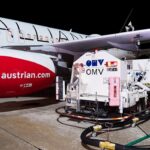
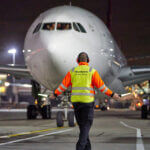
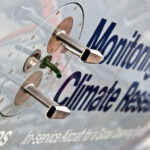

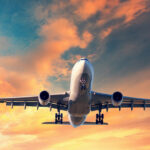
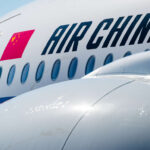
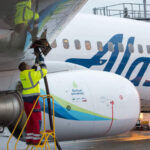
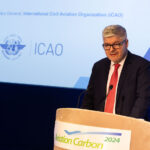

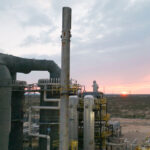
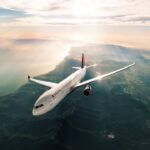
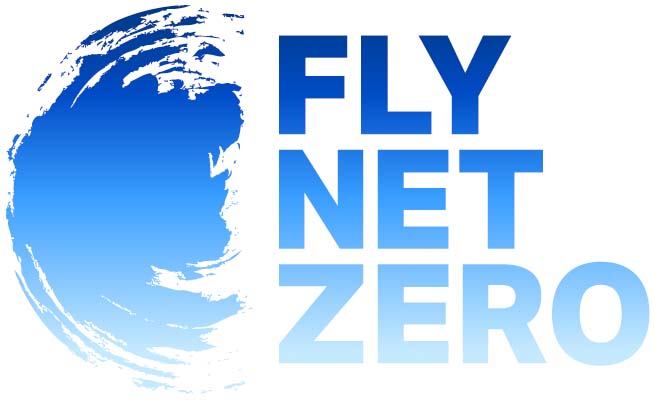


More News & Features
Progress on decarbonising the airline sector has been slow this year, says IATA chief
New study highlights differing strategies and barriers to decarbonising aviation in UK and Europe
T&E analysis of business travel emissions finds those companies with targets achieve the most reductions
Aircraft lessor SMBC says next generation jets at least a decade away, stressing importance of SAF
ICCT roadmap report warns aircraft emissions must peak as early as 2025 to align with Paris targets
Airport capacity constraints and demand reduction on flying needed to hit net zero target, says report